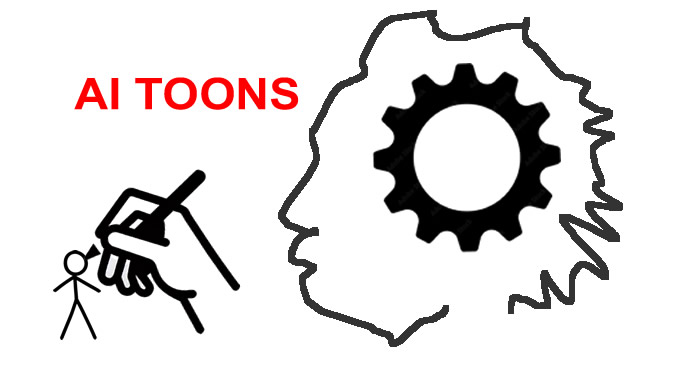|
|
You might be forgiven for mistaking the Gorgosaurus of western North America in the Late Cretaceous Period, around 76.5 to 75 million years ago, with Tyrannosaurus rex appeared later, roaming North America approximately 67 to 65 million years ago. "Gorgosaurus" comes from the Greek words gorgos (meaning "fierce" or "terrible") and sauros (meaning "lizard"). On the other hand, "gorgeous" originates from the Old French word gorgias, which is related to gorge (meaning "throat" or "bosom") and evolved to describe something elegant or splendid.
Gorgosaurus was a remarkable predator from the Late Cretaceous period, closely related to Albertosaurus and distantly to the famed Tyrannosaurus rex. Thriving roughly 76 million years ago, it roamed lush floodplain environments along the edges of an ancient inland sea. Its fossils are abundant, making it one of the best-documented tyrannosaurids, with specimens providing valuable insights into its life stages, including an extended juvenile phase before rapid adult growth. Gorgosaurus likely hunted swift hadrosaurs, while its heavier-built relative, Daspletosaurus, tackled tougher prey like ceratopsians. Its rich fossil record and fascinating ecology make Gorgosaurus an enduring subject of paleontological intrigue.
More on dinosaur sex, (as opposed to moron dinosaur sex):

Many scientists believe dinosaurs likely used temperature-dependent sex determination (TSD) like modern crocodilians and some turtle species:
- Fossil evidence from some theropods and sauropods suggests nest temperatures influenced sex ratios
- In modern relatives with TSD, warmer temperatures often produce males and cooler temperatures produce females (or vice versa in some species)
- This could have made dinosaur populations vulnerable to climate fluctuations— anthropogenic global warming may change sex ratios of modern reptiles with TSD in ways that may be challenging to species already teetering on the edge of extinction
- A 2020 study suggested some dinosaur groups might have transitioned from TSD to genetically determined sex during their evolution
Sexual selection left clear traces in dinosaur anatomy:
- Ceratopsians like Protoceratops show significant size dimorphism, with males about 25% larger than females
- Male Pachycephalosaurus likely used their dome-shaped heads in head-butting competitions for mates
- Recent research suggests T. rex females may have been larger and more robust than males
- Some hadrosaurs had elaborate headcrests that functioned as resonating chambers, potentially for mating calls
While challenging to determine definitively, fossil evidence hints at varied mating strategies:
- Trackways of some hadrosaurs suggest they moved in mixed-sex herds, possibly indicating group mating or seasonal partnerships
- Some smaller theropods appear to have formed pair bonds based on fossil associations
- Maiasaura nesting colonies suggest communal breeding similar to modern flamingos
- Monogamy has been proposed for some smaller theropods like Oviraptorosaurs, based on adults found on nests
Some intriguing fossil evidence suggests elaborate courtship rituals:
- "Scrape marks" found in Colorado have been interpreted as nest-building displays by male theropods trying to attract females
- Similar to modern ground-nesting birds, these "scrape ceremonies" would showcase the male's strength and nest-building abilities
- Some sites in Colorado reveal dozens of these scrapes in close proximity, suggesting communal display grounds similar to modern bird leks
- These behaviors likely evolved into the complex mating displays seen in modern birds
Reproduction-Related Adaptations
- Some dinosaur species show evidence of "sexual segregation" with males and females living separately except during breeding season
- Female dinosaurs may have developed specialized calcium deposits in their bones for eggshell production
- Clutch size varied dramatically, from 2-3 eggs in some large theropods to 30+ in some hadrosaurs
- Dinosaur eggs took relatively long to hatch (3-6 months for some species), which created vulnerability during incubation periods
|








